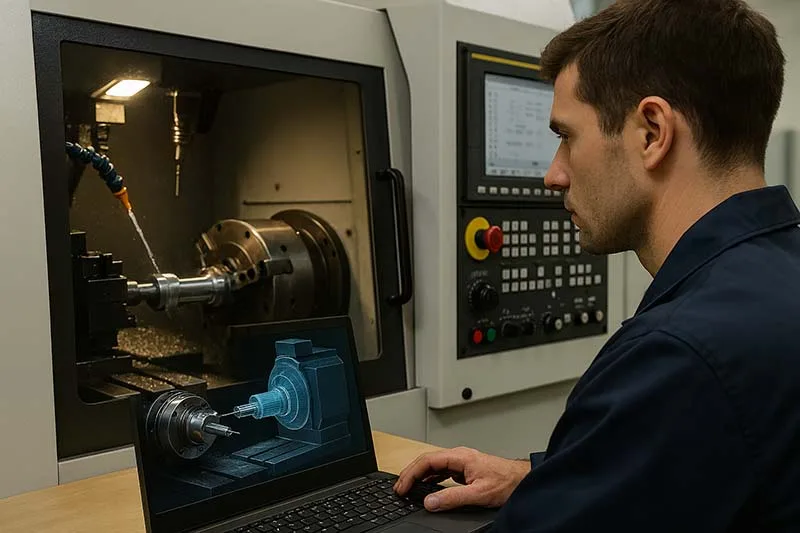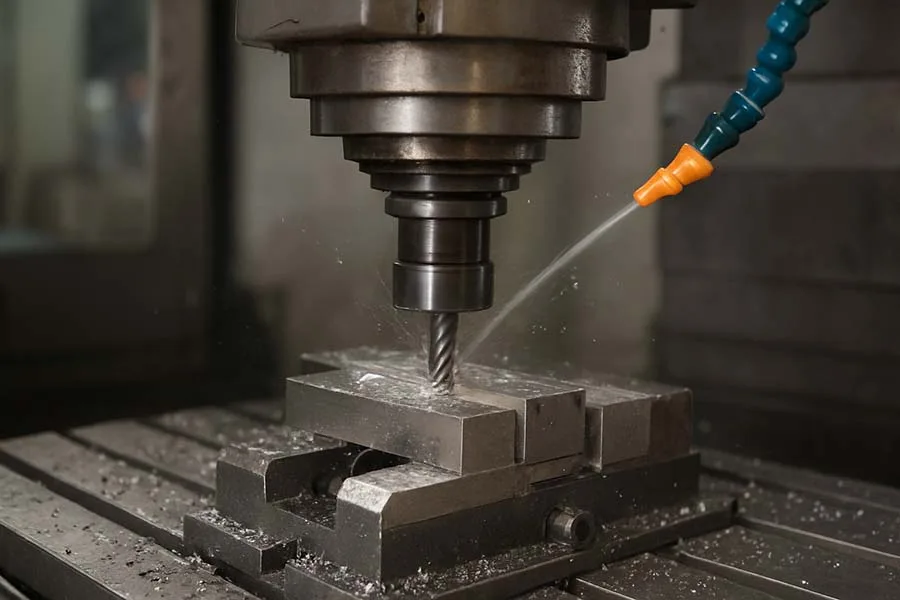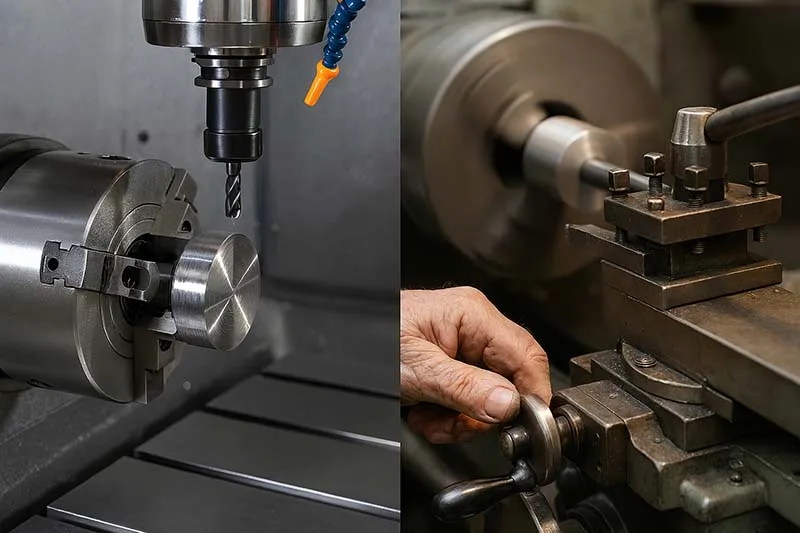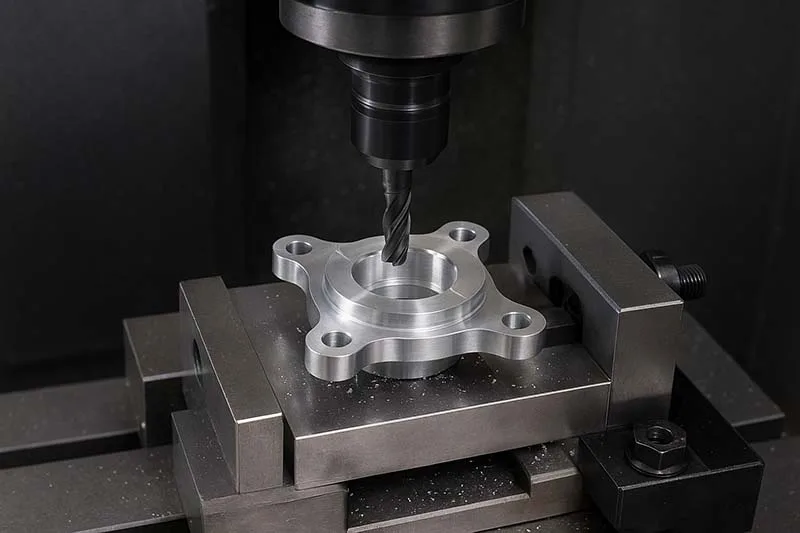Introduction: Why CNC Processes Matter
CNC machining isn’t just about cutting metal with precision—it’s about connecting design, tooling, software, and advanced technologies into a seamless production system. For manufacturers today, understanding the processes and technologies behind CNC machining is critical to stay competitive in industries where speed, accuracy, and efficiency rule.
This guide brings together six essential topics that walk you through the CNC world—from the moment a CAD file is created to the rise of AI-driven smart manufacturing.
CNC Machining: The Backbone of Modern Manufacturing
Explore the full CNC Machining knowledge hub—where each subcluster dives deep into a specific area of expertise. From buying guides and brand comparisons to training, safety, and troubleshooting, this is your complete resource for mastering CNC. Navigate seamlessly between topics and build your understanding with precision.
CNC Workflow: From CAD to Finished Part
Every CNC journey begins with a design. The workflow—from CAD modeling, CAM programming, toolpath generation, and finally machining—defines the accuracy and repeatability of the final part.
Tooling and Fixtures in CNC
Precision machining is impossible without the right tooling and fixtures. Tool holders, cutting tools, jigs, and clamping systems ensure that materials are cut with consistency and minimal waste. Proper fixturing not only guarantees accuracy but also reduces vibration and tool wear.
Multi-Axis Machining: 3-Axis vs 5-Axis
When it comes to CNC machining, more axes often mean more capability. While 3-axis machining is standard and cost-effective, 5-axis machining allows manufacturers to create complex geometries in fewer setups, reducing production time and increasing precision.
AI and Machine Learning in CNC
Artificial Intelligence and Machine Learning are no longer futuristic concepts—they’re already reshaping CNC operations. From adaptive toolpath optimization to predictive error detection, AI ensures machines run smarter, faster, and with less downtime.
Predictive Maintenance & IoT in CNC
Downtime is one of the most expensive challenges in CNC machining. With IoT sensors and predictive maintenance, machines can now signal problems before they cause costly breakdowns. This not only extends tool life but also maximizes productivity.
Digital Twins in CNC Systems
Imagine having a virtual replica of your CNC machine and processes, running in parallel with the real system. That’s the promise of digital twins—enabling simulation, optimization, and real-time monitoring to fine-tune manufacturing like never before.
The Future of CNC Technologies
CNC machining is evolving rapidly. What began as simple automation has become a data-driven, AI-enhanced ecosystem. The technologies highlighted here—CAD workflows, tooling, multi-axis machining, AI, IoT, and digital twins—aren’t just trends. They represent the new standard in manufacturing excellence.
Manufacturers who adopt these processes gain not only efficiency but also the ability to innovate faster and scale smarter.
Final Thoughts
This cornerstone page is your hub for exploring CNC machining processes and technologies. Use the resources above to dive into each area in detail, and keep returning as new advancements continue shaping the future of CNC.
👉 Which CNC technology do you think will have the biggest impact in the next decade—AI, IoT, or digital twins? Share your thoughts in the comments or start a discussion with your network.





